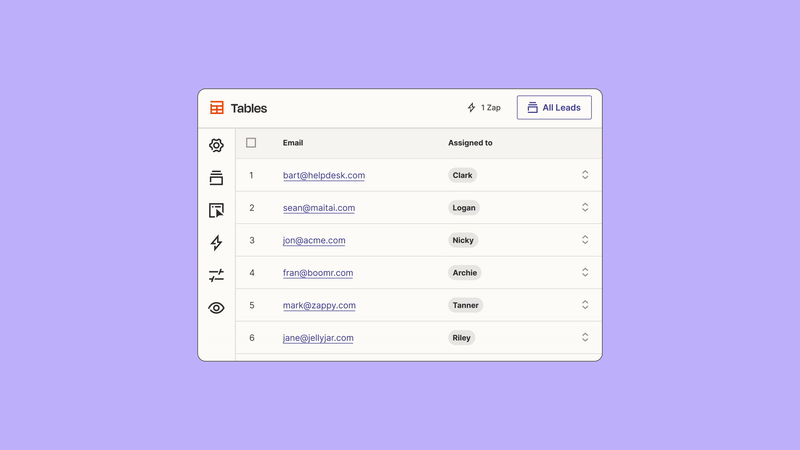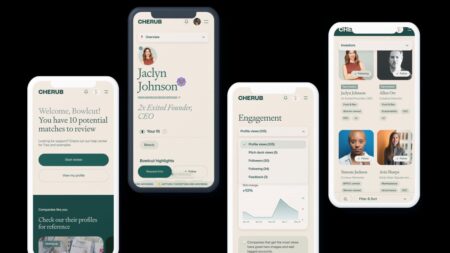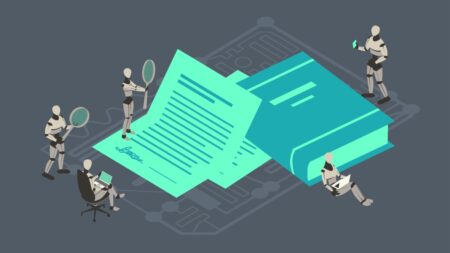Zapier today announced the launch of Canvas, a new tool that aims to help its users plan and diagram their business-critical processes — with a fair bit of AI sprinkled in there to help them turn those processes into Zapier-based automations. Canvas is now in early access.
In addition, the company also today announced that Tables, its automation-first database service, is now generally available to all users.
The eleven-year-old company is hosting its (virtual) ZapConnect user conference today. Over the years, Zapier has moved from offering its customers the basic tools to connect one web service to another to allowing them to build rather complex integrations and workflow automations. In a way, Zapier was low-code/no-code before that monicker ever became popular. Today, Zapier co-founder and CEO Wade Foster told me, people are building entire projects — and sometimes entire businesses — on top of Zapier. But that has also led to a number of challenges that the company is now trying to address with, among other things, Canvas and Tables.
Image Credits: Zapier
“One of the things we started to notice is that as you adopt these tools [you built with Zapier], you’re quite happy in the early days, because you’re like, ‘Wow, this is great. This is awesome. It was so fast. I didn’t need any help. This is great. This is awesome.’ And then, there’s this pit of success that comes next. Your project starts to grow and all of a sudden, you’re stitching together all these things, you’re starting to invite collaborators, a things start to get turned into a bit of a hairball. You’re like, ‘oh, no, what am I going to do?’ And Tables and Canvas both fit into helping solve this problem.”
Foster noted that currently, you can use Zapier’s virtual editor to visualize all of the components that you have stitched together in Zapier, but for most users, that only covers a part of their workflow. If it’s not connected to Zapier, it won’t show up there. With Canvas, the idea is to allow users to map out their entire workflows — no matter whether they are connected to Zapier or not.

Image Credits: Zapier
“Canvas is a visual diagramming tool where you can start to map out those processes end-to-end. And then the components that Zapier connects to, you can then actually edit those pieces within Canvas,” Foster explained. “Now, over time, the vision is that you can edit any of the components, whether they connect to Zapier or not, within the Canvas as well.”
That means there are essentially two components to Canvas: you can use it as a basic flowchart diagramming tool to document processes and — for the components that are already connected — it becomes the interface to edit those processes.
Of course, there is an AI component to this as well. You will also be able to tell Canvas what kind of problem you are trying to solve and then have the service generate a process for you, no matter whether you are planning an elaborate birthday party or setting up a complex business problem. Canvas will also include a more standard template library.

Image Credits: Zapier
Like virtually every other company, Zapier is looking into how it can build AI — and generative AI in particular — into its services. “LLMs are a good opportunity to go back and look at all the hardest problems you’ve had in your business, the things that you maybe haven’t quite been able to solve yet — and just see if an LLM can make this problem easier to solve,” Foster said about his overall philosophy of how he thinks about the use of AI.
In addition to the launch of Canvas and making Tables generally available, Zapier is also launching a number of smaller feature updates today. These include a new interactive editor that can handle up to 10 paths, new admin controls, and more integrations (which now number over 6,000).
Read the full article here








